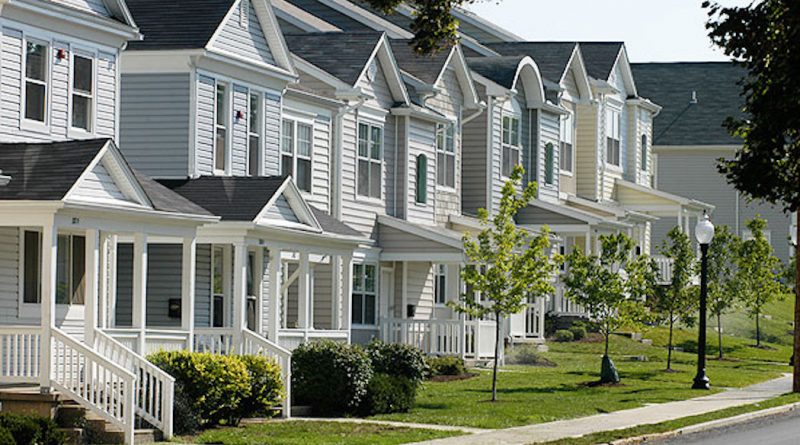Spina, UD officials discuss outlook regarding staying on-campus
President Spina and UD officials explain what students can do to help keep the community on campus this fall. Photo of student neighborhood.

Kaitlin Lewis
News Editor
With an ever-increasing positive COVID-19 case total, university officials are asking that students at UD make changes quickly in order to stay on campus this fall.
Within a week, UD raised its campus status from a Level 2: Localized to a Level 4: Warning and extended remote learning until at least Sept. 14. As of Sept. 3, 801 active cases, or cases where the student is considered actively contagious, were reported by the university.
Officials say the spike in cases could be attributed to student activities that occurred about a week before classes began. Positive tests usually appear between three and five days after exposure, said Dr. Steven Burdette, UD COVID-19 Medical Advisory Panel Chair.
This means most students who are currently testing positive we’re exposed to the virus in the days leading up to the first day of classes. UD spread out move-in between Aug. 8 and Aug. 23 this semester, giving students up to three weeks before the start of classes to be on campus.
The high COVID-19 case number is also a result of UD’s aggressive contact tracing and testing program, said President Spina. This past Monday the university began selective and random testing on campus in order to help identify where clusters of positive cases may be appearing. Spina said some of these clusters have appeared around certain student organizations or living locations.
“We’re not surprised by the high numbers,” Spina said. “We hope in the next few days they’ll plateau and then ultimately head back down.”
Burdette said he is optimistic that case numbers will decrease if students stick to the plans UD has put in place. Because COVID-19 usually takes three to five days to be detected, it could take a week or two before the university starts to see a decrease in numbers.
“If they linger and stay elevated, then the spike was more than the activities that happened when students first came back to campus,” Burdette said.
Spina said that student behavior on campus will dictate if the case numbers will decrease or not. Both Spina and Burdette noted that most students seem to be complying with UD’s safety protocols, but that more can be done. One suggestion is for students to continue to influence one another in wearing masks, avoiding crowds and keeping distant from peers outside of your household. This influence may come from a social media post or simply leading by example, Spina said.
Dr. Burdette said he wants to especially encourage the upperclassmen to show freshmen and sophomores how to do the right thing.
“If you want to finish the school year at UD and not in your bedroom, you have to lead the way,” Burdette said. “We know it is no fun to mask, it is no fun to social distance. But we have learned that this virus will go through a community if we don’t follow those rules.”
Spina said that UD staff and faculty hope to keep students on campus all semester and don’t consider it “inevitable” that students will need to be sent home. However, he also advises students that “at the end of the day, we need to bring the numbers down.”
“I represent everyone on campus in saying that we want you here,” Spina said. “Masks work. Social distancing works. If we do that, the numbers will come down. Period.”

